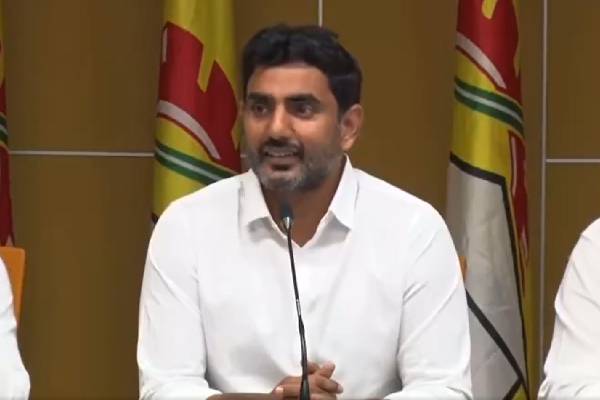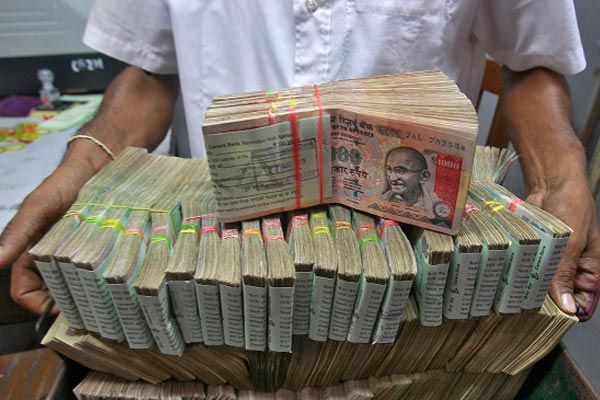Rs 14 lakh crore–or $217 billion, 86% of the value of Indian currency currently in circulation–will become useless from midnight of November 8, 2016, part of the government’s crackdown on black, or unaccounted, money.
Rs 500 notes amount to Rs 7.85 lakh crore (approx. $120 billion), while Rs 1,000 add up to to Rs 6.33 lakh crore ($97 billion), according to Reserve Bank of India data.
Here are three ways in which this move should affect the black-money economy, which according to this 2016 report by Ambit Capital, a financial research company, forms a fifth of the Indian economy:
1. The sudden announcement will directly affect black money hoarded by Indians, and will possibly present them two alternatives: either deposit the money after identifying themselves to banks, or exchange the money by November 24, 2016.
According to basic calculations, with a daily limit of Rs 4,000 a day, a maximum of Rs 60,000 can be exchanged by a person, in 15 days from November 10 to November 24. From November 24 onwards, the exchange process will be eased for convenience, meaning the exchange limit will be increased. However, there is no limit on deposits.
2. As the deadline for Indian individuals to declare undisclosed income–the Income Declaration Scheme–ended on September 30, 2016, no ‘unaccounted for’ money can be declared now. It ceases to be money, instead it will be a ‘worthless piece of paper’, as PM Modi termed it in his speech.
3. Instances of cash-for-vote prevalent in Indian elections –in the form of bundles of cash in deligitimised denominations–may not work anymore. The new currency notes of Rs 2,000 and Rs 500 will have tracking mechanisms where storage and transportation will become difficult, according to news from various sources.
“From midnight November 8, 2016 today, Rs 500 and Rs 1,000 notes are no longer legal tender,” Prime Minister Narendra Modi announced in his address to nation. The two highest denominations of bank notes used as cash in India, Rs 500 and Rs 1,000, cannot be used for any transaction from today.
The government had earlier withdrawn old Rs 500 notes from circulation, in effect, demonetizing the currency two years back, IndiaSpend reported in January 2014.
https://twitter.com/PMOIndia/status/796011501228199936/photo/1?ref_src=twsrc%5Etfw
Cheaper money now illegal, costlier money stays
The Rs 1,000 note ‘was’ the cheapest note produced in India.
Rs 1,000 note required only 0.32% of its face value to produce but a Rs 100 note requires 1.8% of its face value, Rs 50 note 3.6%, and Rs 10 note 9.6% to print.
There are 15.7 billion notes of Rs 500 and 6.3 billion notes of Rs 1,000 in circulation in India. Thus, 22 billion notes in the country will need be junked after midnight.
The move will also have a positive byproduct: individuals and households with no bank accounts – keeping all income in cash and at homes–will now have to create bank accounts to deposit money, making financial inclusion indirectly inevitable.
Some relaxations on the use of Rs 500 and Rs 1,000 notes have been given to account for special situations, for example, pay hospital bills, transport expenditure and petrol pumps till November 11, 2016.
New notes of Rs 500 and Rs 2,000 will be introduced for circulation from November 10, 2016. Rs 2,000 notes will be monitored and regulated by RBI.
The sectors that could probably be hit the worst in the short-term could be the bullion and real estate since the two handle a lot of transactions in cash.

































